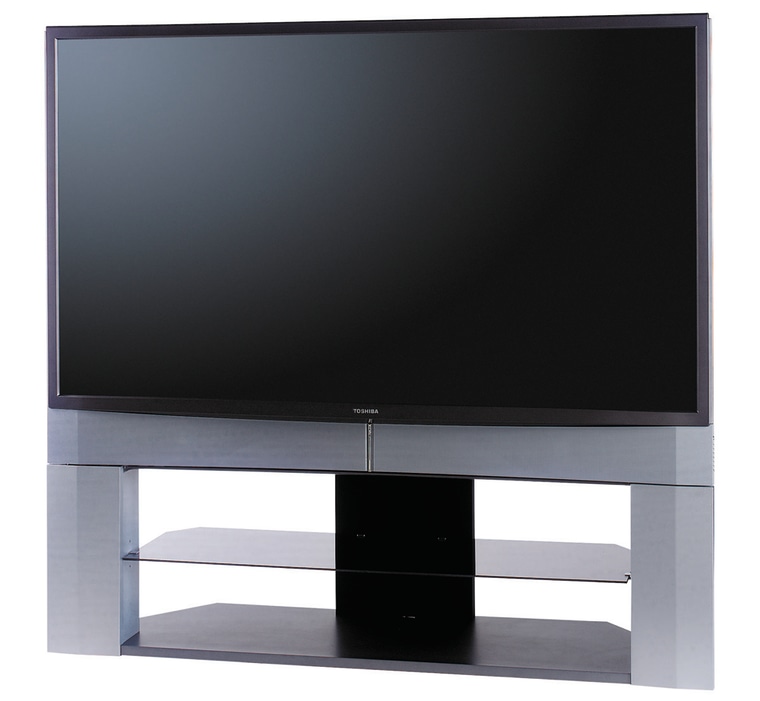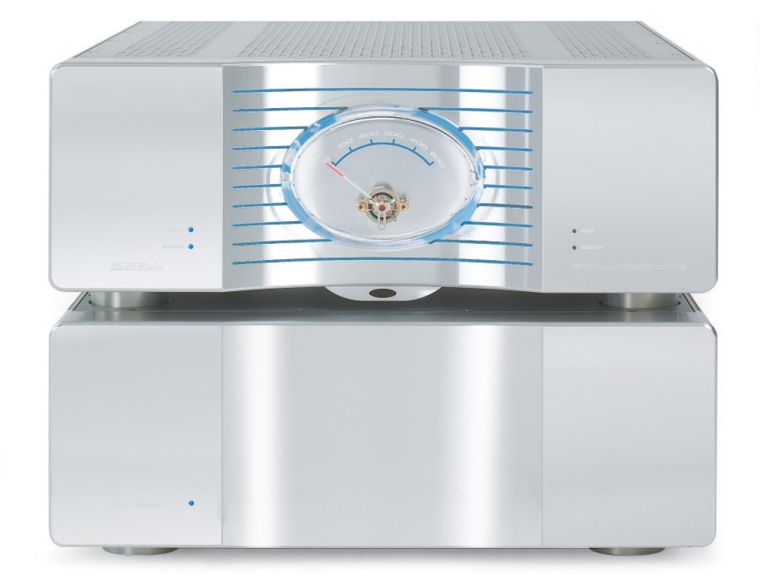INDIANAPOLIS — Once upon a time, only a handful of wealthy people had home theater systems and the annual Custom Electronic Design and Installation Association show was a very small affair.
These days, home theaters have hit the big time and CEDIA's Expo here in Indianapolis has become a very big deal, with what appears to be about double the number of exhibitors of last year. As you might imagine, there are plasma and LCD flat-screen TVs everywhere you look. Filling the spaces in between the HDTV monitors are items that attach to, or go with, flat-screen TVs. We’re talking everything from super hi-fi components to home theater speakers to leather stadium seating to power cords, wires, remote controls and home automation systems.
Let’s start at the top. It would be easy for me to tell you about all the surround sound systems for sale. Many of them are very affordable and sound pretty good. But, there is one "money-no-object" standout system that I must tell you about.
Krell, already known for their super-expensive high fidelity equipment, is unveiling HEAT, the High End Audio Theater. It’s the most staggering home theater presentation on the Expo show floor in a number of ways. It combines seven of their 450 watt, monaural Evolution One amplifiers with a pair of LAT-1000 tower speakers, an LAT-C1000 center speaker, four LAT-2000 bookshelf/surround speakers and two Master Reference Subwoofers. This monstrous 11,500-watt, 7.2 home theater system has a retail price of $344,500. I’m not kidding.
Familiar names such as Samsung, JVC, Pioneer and lots more are showing their very highest definition TVs, ones that offer 720p to 1080p resolution (that means 720-1080 lines/progressive) whether they are flat-screen plasmas, LCDs or rear projectors.

For instance, Toshiba is showing off their line of high-def TVs with sizes ranging from 46 to 72 inches. All models are digital cable ready with ATSC/QAM digital tuning and a CableCARD slot and a 1392/FireWire slot for connecting to a digital hard drive video recorder. Prices range from $2,199.99 for the 46-inch, 720p TheaterWide set (46HM95) to the 72-inch, 1080p, 72-inch 72MX195 retailing for $5,299.99.
Sharp, a leader in LCD TVs, is proudly showing off their 65-inch, 1920 x 1080 pixels, Aquos TV — the world’s largest at the moment. You have to see the screen to believe how great a TV can look. Expect to pay for the right to own one, around $21,000. (Still, that seems cheap compared to the Krell system, right?)
Now, once you spend your hard-earned (or not so-hard-earned) money on a great home theater system you'll need to protect it from being ruined by some problem with your electricity. Particularly if you live in an area with frequent power failures, it could be a big worry.

Power experts Richard Gray’s Power Company (RGPC) announced the RGPC PowerBridge device, which the company claims is the only uninterruptible power supply that responds within 1-millisecond of a power failure to provide a protected battery output plus dual stage surge protection. Once again, you pay for your thrills. The RGPC PowerBridge will retail for $2,500 when it hits the marketplace later this year.
There are all sorts of interesting items at the show that you can build into your home —including home security devices and spiffy new central vacuum systems. But one of my favorites is the eSommelier. It’s an all-in-one hardware and software system that allows wine lovers and collectors to manage their collection of fine wines at the touch of a button.
Manufacturers are targeting people with wine collections of 1,000 bottles or more. Models range from $5,000 - $8,000, plus $1,000 for the bar code scanner. The system can be accessed by any device connected to a home network.
Come back Monday for part 2 of Gary Krakow's report from CEDIA.
